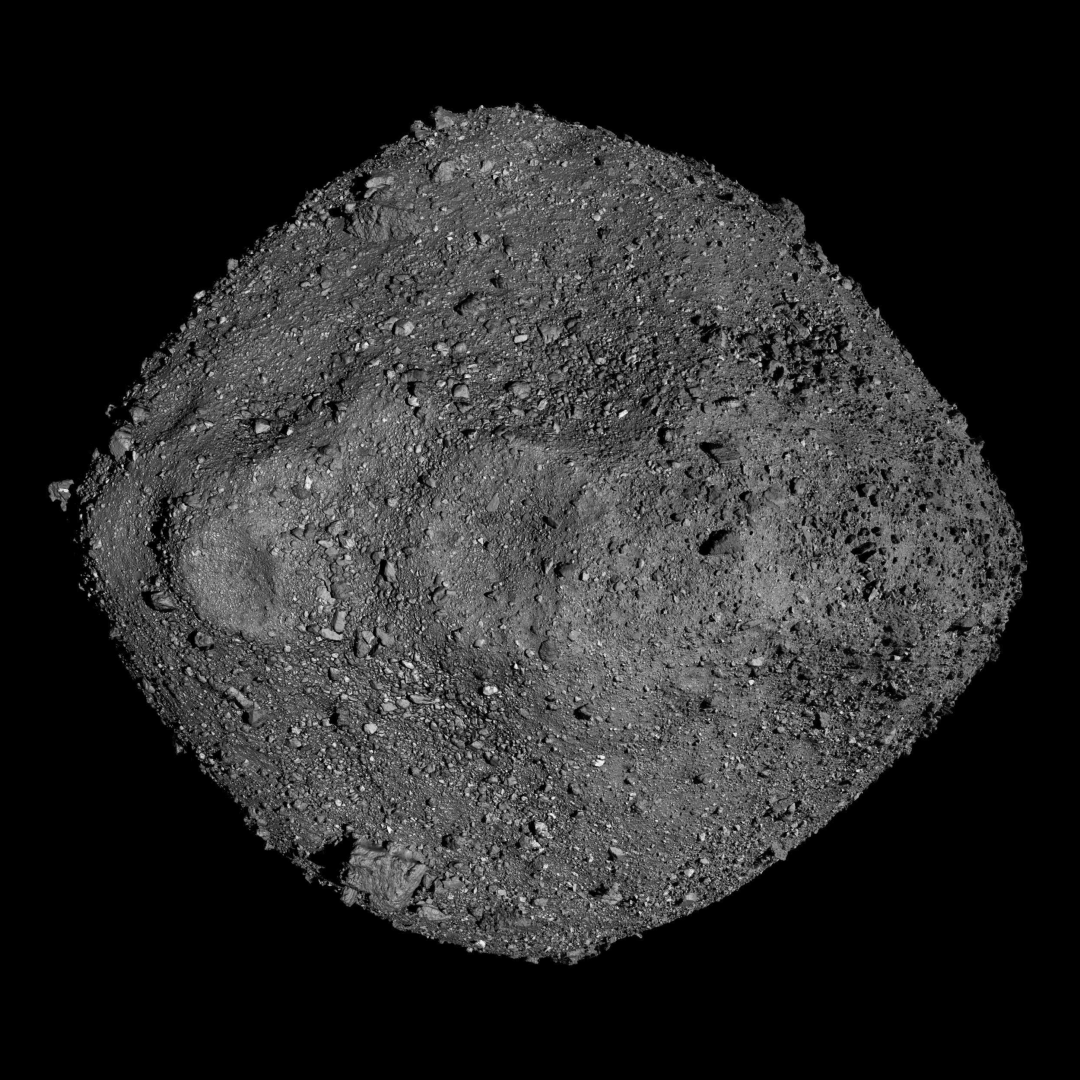
NASA’s Asteroid Bennu Sample Reveals Mix of Life’s Ingredients
On Jan. 29, 2025, the National Aeronautics and Space Administration (NASA) reported hat studies of rock and dust from asteroid Bennu delivered to Earth by NASA’s OSIRIS-REx (Origins, Spectral Interpretation, Resource Identification and Security–Regolith Explorer) spacecraft have revealed molecules that, on our planet, are key to life, as well as a history of saltwater that could have served as the “broth” for these compounds to interact and combine.
The findings do not show evidence for life itself, but they do suggest the conditions necessary for the emergence of life were widespread across the early solar system, increasing the odds life could have formed on other planets and moons.
In research papers published in the journals Nature and Nature Astronomy, scientists from NASA and other institutions shared results of the first in-depth analyses of the minerals and molecules in the Bennu samples, which OSIRIS-REx delivered to Earth in 2023.
Detailed in the Nature Astronomy paper, among the most compelling detections were amino acids – 14 of the 20 that life on Earth uses to make proteins – and all five nucleobases that life on Earth uses to store and transmit genetic instructions in more complex terrestrial biomolecules, such as DNA and RNA, including how to arrange amino acids into proteins.
For all the answers the Bennu sample has provided, several questions remain. Many amino acids can be created in two mirror-image versions, like a pair of left and right hands. Life on Earth almost exclusively produces the left-handed variety, but the Bennu samples contain an equal mixture of both. This means that on early Earth, amino acids may have started out in an equal mixture, as well. The reason life “turned left” instead of right remains a mystery.
Tags:
Source: National Aeronautics and Space Administration
Credit: Photo: Mosaic of Bennu was created using observations made by NASA’s OSIRIS-REx spacecraft that was in close proximity to the asteroid for over two years. Courtesy: National Aeronautics and Space Administration.
